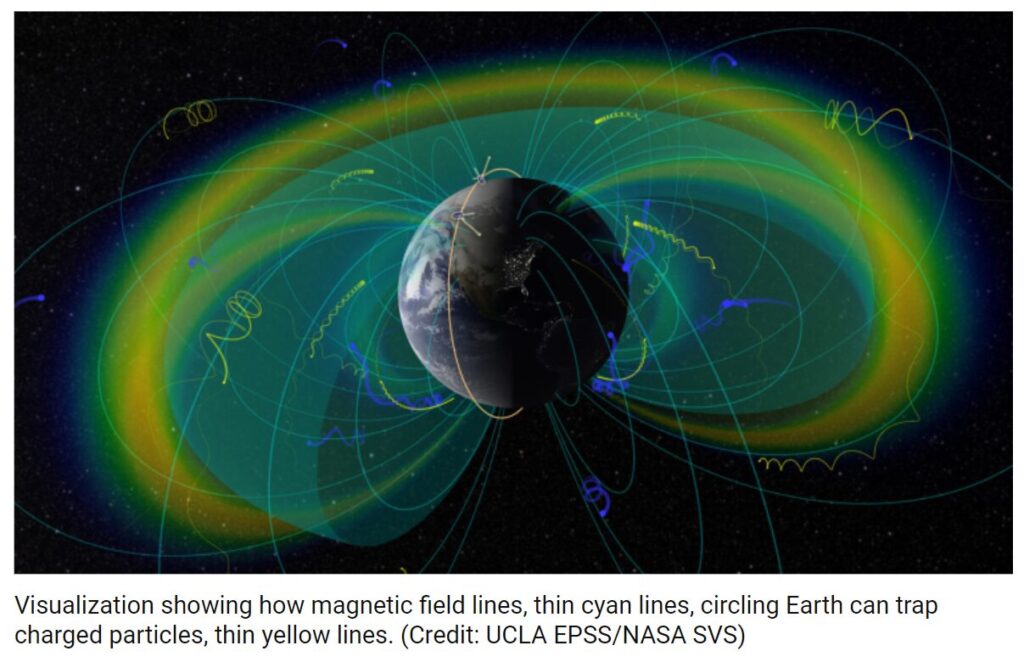
When lightning strikes, the electrons come pouring down. In a new study, researchers at the University of Colorado Boulder, led by an undergraduate student, have discovered a novel connection between weather on Earth and space weather. The team utilized satellite data to reveal that lightning storms on our planet can dislodge particularly high-energy, or “extra-hot,” electrons from the inner radiation belt—a region of space enveloped by charged particles that surround Earth like an inner tube.
The team’s results could help satellites and even astronauts avoid dangerous radiation in space. This is one kind of downpour you don’t want to get caught in, said lead author and undergraduate Max Feinland.
“These particles are the scary ones or what some people call ‘killer electrons,'...
Read More









Recent Comments